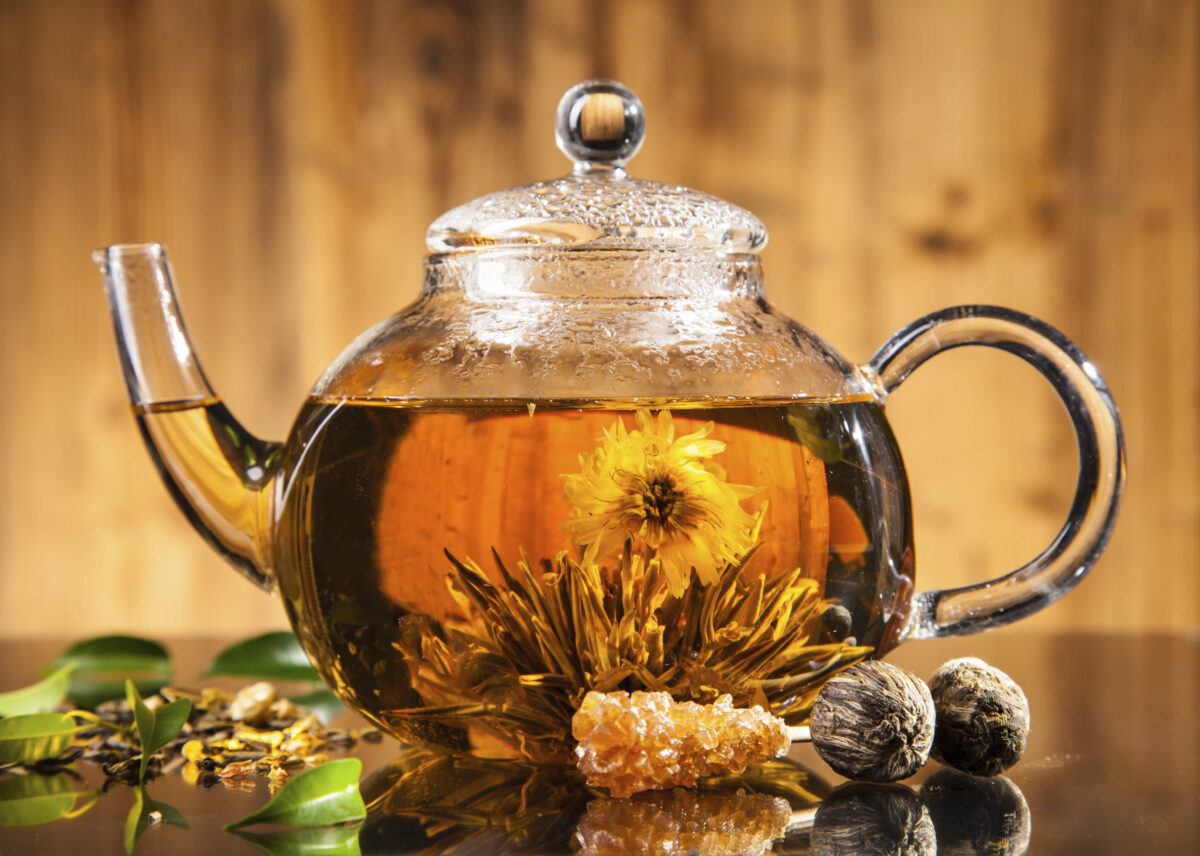Spring Blossoms!
It’s spring again, when flowers start to bloom and early cherry blossoms appear. And speaking of blossoms, did you know that the Japanese name for Chrysanthemum is Mitsumata? Chrysanthemums have been used for centuries for beauty and health. Read below about Chrysanthemum plant uses from painting, money, shoji screens to natural beauty aid and health treatments in Chinese medicine.
Beauty and the use of chrysanthemum in paper making
Chrysanthemums or Mitsumata have also been used to make traditional Japanese washi paper.
Stress seems to melt away when you gaze at this serene forest protecting the mitsumata blossoms
That is another reason the paper made with chrysanthemum is also known as the Oriental paperbush. Mitsumata washi is dense and holds ink well. It’s a favorite of artists and calligraphers—and sheets of mitsumata paper are also used in traditional shoji screens.
The versatility and strength of mitsumata has made it the choice for Japanese banknotes. The dense, short fiber from the inner layer of bark helps create sturdy currency that can withstand millions of grubby hands and transactions. Mitsumata paper has been used in Japan’s banknotes since 1879, and it’s still used in Japanese currency today.
Health Tip From Kathleen: Medicinal Use of Chrysanthemum/Mitsumata
Beauty Tip from Chinese medicine
Allergy relief and anti-aging face wash
Chrysanthemum flowers are used in Chinese medicine to reduce the irritation that comes with allergies. It has natural anti-histamine qualities, helping reduce “heat symptoms” and inflammation like red, itchy eyes, and nasal fluids.
It is a natural diuretic, so make sure to drink plenty of water and tea. You might even slim down a tad from losing some water weight.
Two Ways to Use chrysanthemum:
1- Put the flowers in hot water by itself or with green tea. The flowers are beautiful to watch open in your tea pot or glass, so use a transparent tea pot or glass and let the floating blossoms calm and entertain you. It’s like a natural lava lamp of beauty!
Use high quality filtered water to make the tea because you will be making an eye wash with the tea. Do the eye wash over a sink, ideally your home bathroom. Simply set aside one-half cup of tea for the eye wash. Then pour the warm tea into a small dish making sure the temperature is warm to room temperature. (I like to use the tea strainer holder since it fits exactly over the eye.)
Then, in the bathroom, hold the tiny bowl over the sink, bend over and place your closed eye into the bowl of tea. If the temperature feels good, then slowly open your eye into the tea in the dish. Roll your eyes, looking around while rinsing our eye in the wonderful tea.
The tea will drip down your face, so have a washcloth ready to dab your face. Repeat this with the other eye. If you have itchy eyes, this will help relieve the itchiness.3-Use the rest of the tea as a face wash. Your skin will feel soft and supple.
Wait for it to dry and then put on face cream or oil as you usually do.


